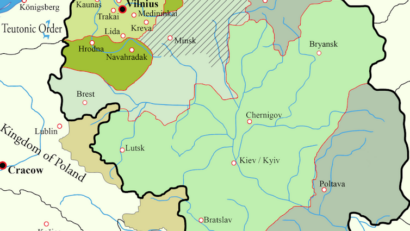
Pagan loaves, Christian bread, a secular treat: a brief history of hot cross buns
Jasmine Waheed/UnsplashHot cross buns aren’t just a sweet snack that appears around Easter. They carry centuries of storytelling in Läs mer…
Nyheter och länkar - en bra startsida helt enkelt |Oculus lyx vitae

Jasmine Waheed/UnsplashHot cross buns aren’t just a sweet snack that appears around Easter. They carry centuries of storytelling in Läs mer…

Russian president Vladimir Putin does not seem interested in peace: Sunday’s missile strike on Sumy, the worst civilian attack this Läs mer…